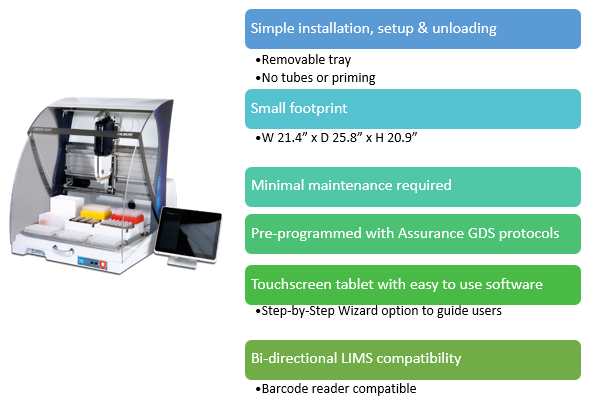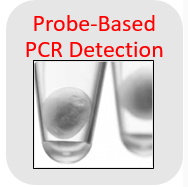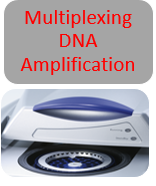Real-time Polymerase Chain Reaction (qPCR)
Assurance GDS (Genetic Detection System)
GDS (Genetic Detection System) is an integrated solution for pathogen detection that is unparalleled in the industry. Based on the latest advancements in molecular technology and food microbiology, Assurance GDS offers faster results and increased accuracy to meet today’s food and environmental testing challenges. Designed for performance and practicality, Assurance GDS offers a solution for pathogen detection that raises industry standards to an unprecedented level.
The system consists of following unique advancement:
|
|
- Improves accuracy – captures and concentrates target pathogens - Prevents PCR inhibition – physically separates pathogens from - Greater recovery of IMS particles – minimal loss versus |
|
|
|
- Superior specificity – use of both primers and probes to add - Reliable results – true internal control in every reaction tube. - Consistency & Stability – PCR reagents in ready-to-use pellet |
|
|
|
- Multiplexing Platform – Allows for the simultaneous detection - Rotory Formats – Faster cycling with evenly heat transfer
|
Assurance® GDS Automation
The GDS PickPen PIPETMAX® (PPMX) is an automated magnetic particles and liquid handler. It is capable of dispensing GDS reagents which include, Concentration Reagent, Wash Solution, Resuspension Buffer and select media (BHI/DFB). Reagent dispense protocols have been created for all GDS assays. In addition, the PPMX has also been programmed to automate GDS PickPen Immunomagnetic Separation (IMS) procedures. This user manual is intended to assist PPMX users with system start‐up, basic operation, maintenance and service.

Assurance® GDS
PPMX® Advantages
- Customized Automation
- Small modular units increase flexibility
- Customize workflow based on lab needs – multiple protocols
- Simple equipment & software
- LIMS compatible
- Automates current protocols – no need to learn something new
- Manual method as a backup
- Increased Accuracy & Consistency
- Removes user variation, reduces touch points
- Lowers risk of cross-contamination (aseptic travel path)
- Simplifies user training
- Reduction in Labour Time
- Automates routine pipetting & PickPen IMS – freeing up technicians for other tasks
- Saves up to 50% of labor time depending on protocol




.PNG)
